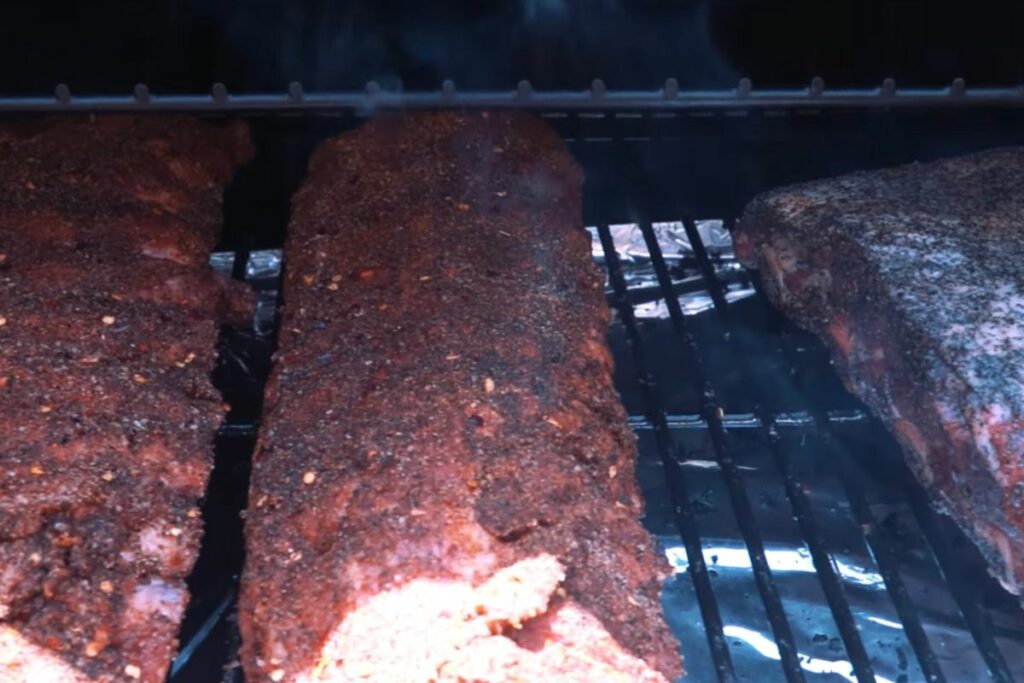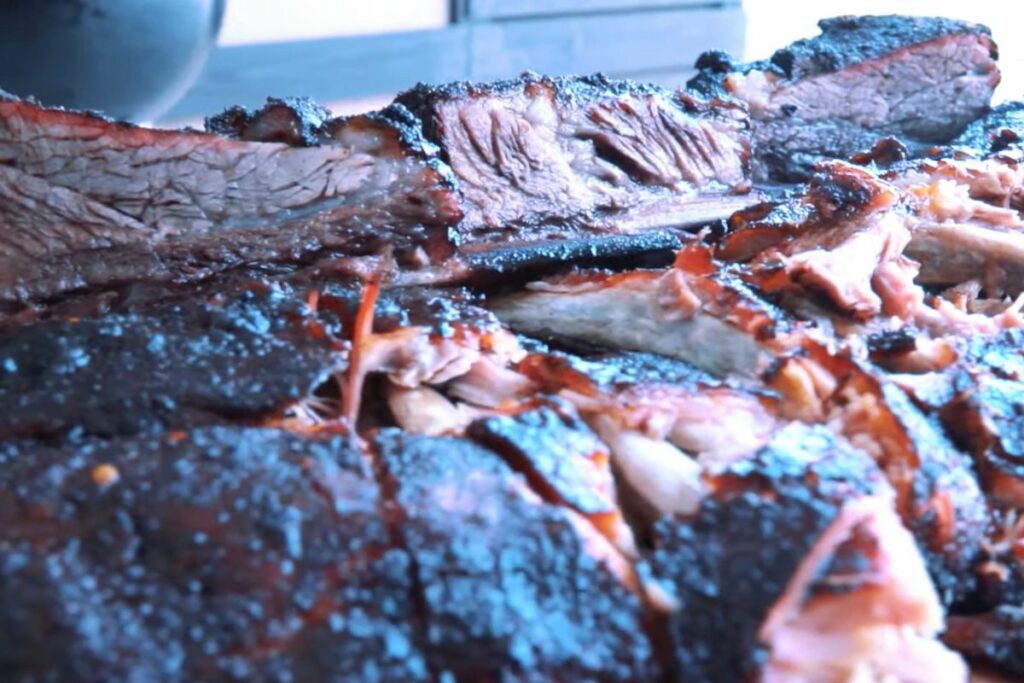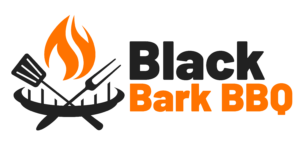Grilling is a great way to cook meat, especially beef or pork ribs. But which type of rib is better? Beef or pork?
Pork ribs are often considered superior to beef ribs because they tend to be leaner and less fatty. They also take longer to cook, which means they don’t dry out as easily. On the flip side, beef ribs are usually cheaper and easier to find.
There are pros and cons to each type of rib. If you want to grill them both, choose beef ribs over pork ribs. The former are generally cheaper and easier to find, while the latter are leaner and require more time to cook.

How To Grill Pork Ribs
To Get The Best Results When Grilling Pork Ribs, Follow These Tips:
1. Use A Good Quality Rub
You can make your own rub for pork ribs, but it’s not necessary. Instead, buy one that has been specially formulated for cooking pork ribs. These will contain salt, pepper, garlic powder, onion powder, paprika, cayenne pepper, and other spices.
2. Cook Them Slowly
When grilling pork ribs, start with indirect heat. This allows the fat to render off so that the meat doesn’t burn. Once this happens, move the ribs to direct heat to finish cooking.
3. Make Sure They Aren’t Too Big
If you have small pork ribs, they may be fine grilled whole. However, if you have larger ones, cut them into smaller pieces before placing them on the grill. This will help prevent them from drying out too much.
4. Don’t Overcook Them
Grilled pork ribs should never be cooked beyond medium-rare. This ensures that they maintain their juiciness and flavor.
5. Serve Them Hot
If you decide to serve grilled pork ribs cold, cover them in sauce first. Then place them back on the grill until warmed through.
6. Add Some Smoke
For an added smoky flavor, add wood chips to the coals. You can use hickory, mesquite, apple, cherry, maple, oak, pecan, or any other kind of wood.
7. Pair Them With Sauces
Sauces like barbecue sauce, honey mustard, and ketchup work well with grilled pork ribs.
8. Finish Them With Cheese
Cheese works well with grilled meats, including pork ribs. Try adding blue cheese, Gouda, Swiss, Cheddar, or mozzarella.
9. Keep An Eye On Them
Don’t forget about your pork ribs. Check them frequently during the grilling process. When they begin to brown, remove them from the grill.
10. Let Them Rest
Once they’ve finished cooking, let them sit for at least 15 minutes before serving. This gives them time to cool down slightly and absorb all the juices.

Beef Ribs Vs Pork Ribs
Beef ribs are fattier and bigger than pork ribs. Pork ribs are more versatile than beef ribs because of their lower fat content. Pork ribs are easier to buy in bulk, and they don’t take much time to cook.
Pork ribs taste better than beef ribs. Back ribs are taken from the top portion of the rib cage and then carved off. Baby back ribs are smaller than spare ribs.
Their meat is very tender. They’re great grilled or barbecued. Spare ribs are taken from the sternal area.
They are the meatiest of rib cuts. The ribs are usually served without bones, and they are often cooked over an open flame. They are typically prepared as barbecued or smoked meats.
When you buy spare ribs, they may be labeled as St. Louis style ribs. Rib tips are the bits of bone or cartilage leftover after butchering spareribs. They are frequently thrown out as waste, but can be used to add flavor to other cuts of meat.
Pork ribs do not have a distinct flavor on their own. Therefore, they need to be heavily seasoned and covered with BBQ sauce before being cooked.
Pork ribs are smaller than beef ribs. You can avoid this problem by buying lots of ribs at once. Seasoning different types of ribs will give your customers more choices.
Baby backs are the easiest to cook. You can grill them, roast them, or even boil them. They’re usually very tender, and they won’t dry out when cooked. Lean cuts of meat such as this are perfect for stir-frying.
Ribs are lean meats, but they aren’t necessarily low in calories. You should choose healthy cuts of beef or pork if you want to make sure your meals are nutritious. Spare ribs need more attention during cooking because they contain lots of fat.
Leaner cuts of meat will be easier to chew and won’t require as much chewing before swallowing. Pork ribs are more affordable than beef ribs.
Pork ribs are also easier to find than beef ribs. Pork rib recipes are very popular among Southern cooks. Back ribs appear frequently in Chinese cuisine.
They are often basted with a teriyaki marinade or sweet-and-sours glaze. If you visit a Chinese restaurant, you’ll see echoes of back ribs in the boneless pork ribs that are so popular among Americans.

Cuts
Short ribs are better than beef back ribs because they have more meat and more flavor. Pork back ribs are not as good as beef back ribs because they lack the same amount of meat and flavor.
In contrast, the short ribs are taken from the rib cage through the bottom half, and they actually offer you the highest meat-to-bone ratio with a plethora of favors.
Flavor
Beef Ribs are delicious meat. You can eat them without salt or spices. They are very flavorful. They are also leaner than other meats.
It’s encouraged to play around with seasonings in order to get the best out of the beef rib’s qualities. However, we recommend keeping it simple at the end of the day to let those marvelous flavors come through on their own on your grill itself.
Size
Beef ribs are usually much bigger than pork ribs. They’re typically served as an appetizer or starter dish. You can expect to serve more ribs per person because they’re longer.
Be careful when cooking them, though, because they need to be cooked properly if you want them to taste great. However, are beef ribs larger than pork ribs all the time?
Well, no! Because the butchers reserve the oversized cuts for restaurants and sometimes customers who are special to their company, the ribs you find in stores may be the same size as the pork ones.
A single rib can be as large as an entire leg! That means that a single rib could be over 3 feet long and weigh over 1 pound. Ribs are often sold by the rack, which makes them easier to serve.
Sometimes, people eat ribs because they want to try something new. Pork ribs are considerably smaller, and there are fewer bones. A rack of pork ribs may be about as big as a rack of beef ribs.
Convenience
Beef back ribs take about the same amount of cooking time as pork ribs. However, beef short ribs need a lot more cooking time than pork ribs. Short ribs should be cooked slowly over low heat for several hours.
Otherwise, they will become very tough. For grilling, use a medium-low temperature setting. Slow cookers can be used for both types of ribs. Set your ribs in a 225 to 250-degree range to get the best results.
Fat Content
Buyers who are looking for low-fat options should steer clear of beef rib meat. Both beef back ribs and pork short ribs contain more fat than their pig counterparts. Pork ribs lose some of their fat during cooking, but beef ribs do not. Beef ribs are leaner in cholesterol, but pork ribs are much leaner.
The average size of a steak is about 3/4″ thick. A roast beef weighs around 2 pounds. A rib-eye weighs around 1 pound.
A flank steak weighs around 4 ounces. A sirloin weighs around 6 ounces. A filet Mignon weighs around 2-3 ounces.
Pork ribs contain fewer calories than beef ribs. However, pork ribs contain more protein and iron. The beef ribs will be on average ore filling because they have a higher calorie number and a higher protein number than pork ribs.
Cost
The short rib is cheaper than the back rib. We’d recommend short rib over back rib because it gives you better value for money. You’ll need to spend more money buying back ribs to get an equal amount of meat.
So, there is really no actual benefit to purchasing those instead unless you’re searching for a meat cut that is leaner overall.
Pork ribs are cheaper than beef ribs. You can get them from a big box grocery or a butcher’s shop. For example, a rack of ribs from your local grocery store will be less expensive than the same at a local butcher because it is sourced from local organic farms.
When comparing the two, pork ribs will usually cost less than beef. And there will be around a $1.50 per pound difference on average.
Which Tastes Better, Pork Or Beef Ribs?
Beef ribs are more flavorful than pork ribs. Pork ribs lack a distinct flavor, but they do have a stronger meaty taste. Both types of ribs are delicious.
Pork ribs have a milder flavor than pork chops. They can be paired with many flavors depending on what you add to them.
Beef ribs are definitely better than pork ribs. Pork ribs are typically cut into smaller pieces, making them more difficult to cook evenly.
Pork ribs also tend to be leaner than beef ribs. This makes the meat less flavorful. Pork ribs also contain less fat than beef ribs. Fat adds flavor to meats, but too much fat can cause your meat to dry out.
Pork ribs are meatier than pork chops, but still quite lean. They’re usually cooked by roasting or barbecuing. With the right spice combination, they can be paired with other foods such as potatoes, rice, pasta, beans, and vegetables.
Final Thoughts
Both types of ribs are excellent choices for grilling. If you want to make sure you get the most tender meat possible, then buy pork ribs.
But if you want to save money, go with beef ribs. The choice is entirely yours, but we hope that this article has given you some insight into the benefits of each type of rib for grilling and which you should use based on your own preferences!
- Porterhouse Vs. Ribeye - May 16, 2022
- How Long To Smoke A Brisket Per Pound – Explained - May 16, 2022
- What Is A Tomahawk Steak? - May 16, 2022








